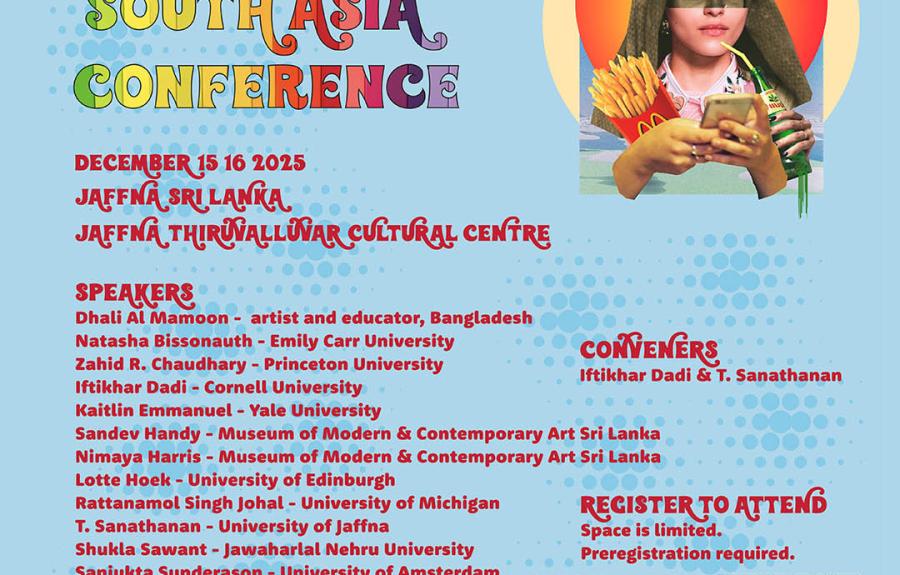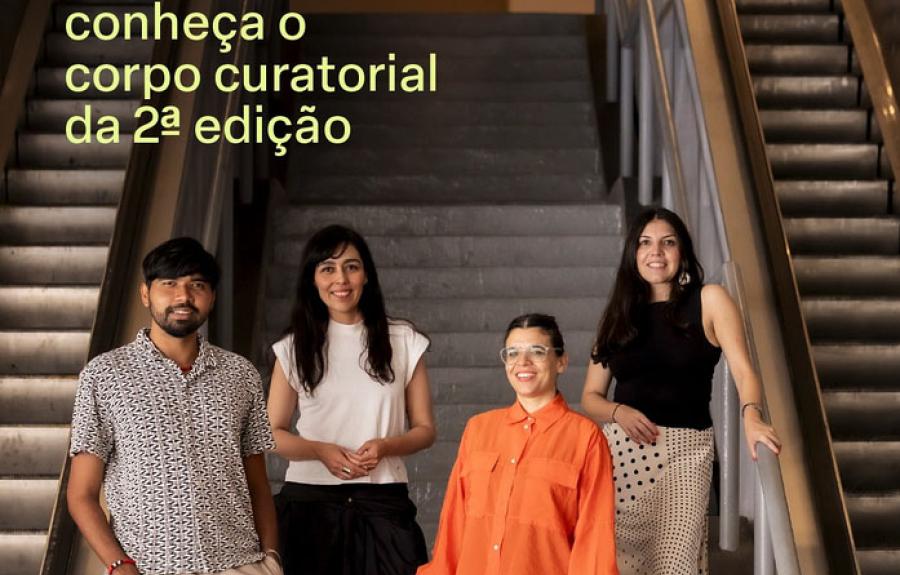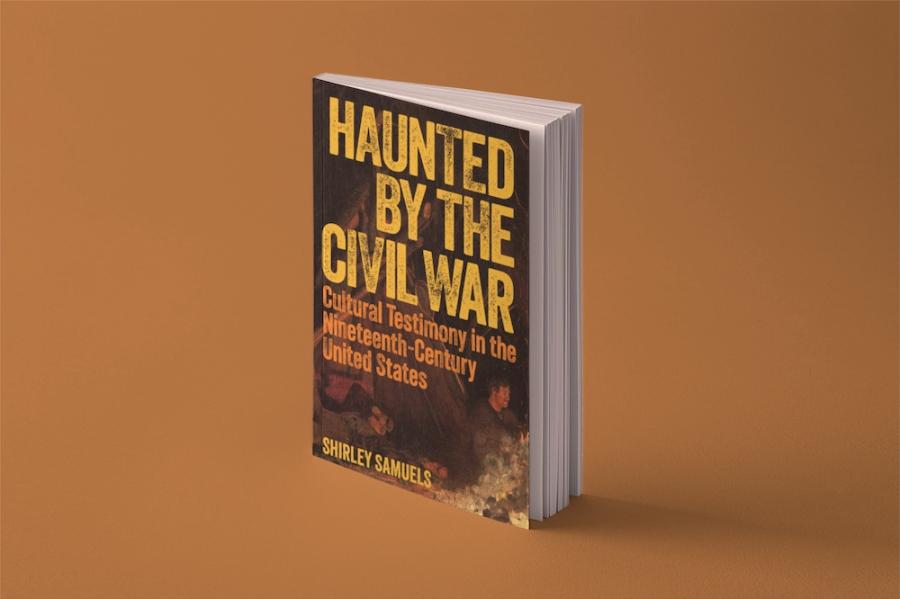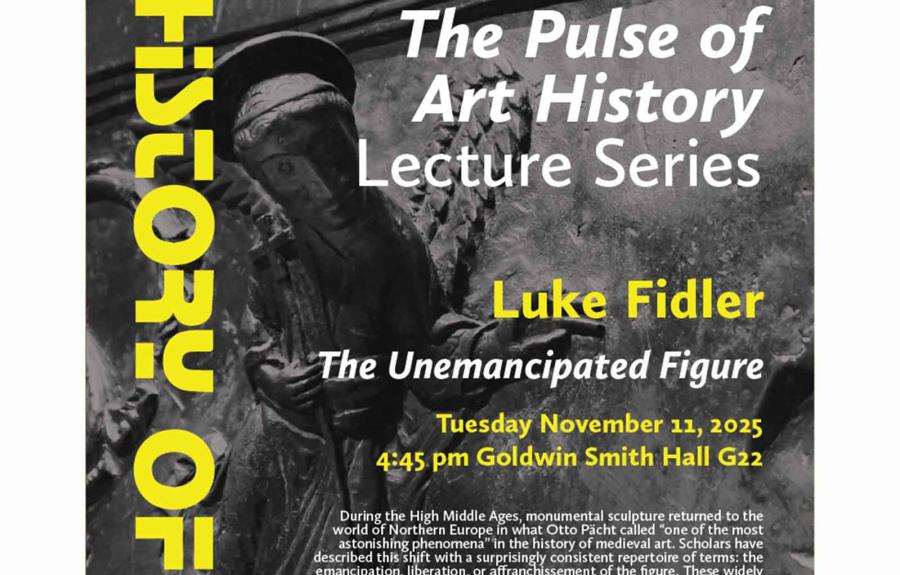
New Winter 2026 Course: ARTH 2550 An Introduction to Latin American Art
New Winter 2026 Course: ARTH 2550 An Introduction to Latin American Art
Read more Department Homepage
The College of Arts & Sciences
Department Homepage
The College of Arts & Sciences

The department encourages the crossing not only of geographic but also disciplinary borders through exploration of a wide range of fields including architecture, urban planning, critical and post-colonial theory, media studies, the sciences and social history.
Associate Professor Annetta Alexandridis is featured in 'Firing the Canon: The Cornell Casts and Their Discontents':

Begun in 1924 and left unfinished at the time of his death in 1929, the Mnemosyne Atlas is Aby Warburg’s attempt to map the “afterlife of antiquity,” or how images of great symbolic, intellectual, and emotional power emerge in Western antiquity and then reappear and are reanimated in the art and cosmology of later times and places, from Alexandrian Greece to Weimar Germany. Focusing especially on the Renaissance, the historical period where he found the struggle between the forces of reason and unreason to be most palpable, Warburg hoped that the Mnemosyne Atlas would allow its spectators to experience for themselves the “polarities” that riddle culture and thought.
Click here to explore ten panels from the Mnemosyne Atlas.

New Winter 2026 Course: ARTH 2550 An Introduction to Latin American Art
Read more
Pop Art and South Asia Conference December 15-16, 2025 Jaffna Thiruvalluvar Cultural Center Jaffna, Sri Lanka This conference focuses on South Asian art’s engagement with popular culture from the mid-twentieth century through the present. The rapid development of capitalism, urbanism, me...
Read more
The Findley Lecture with Emily Floyd 12/3/2025
Read more
Sara Garzon PhD ’22 is associate curator for the second Bienal das Amazônias 2025
Read more

A collaboration between Cornell and Harvard has continuously excavated the ancient city.
Read more

A new book by Shirley Samuels examines the story behind today’s divided America in literature and art created during and soon after the Civil War.
Read more
Pulse of Art History with Luke Fidler 11/11/2025
Read more
La Pérouse’s expedition, wrecked in 1788, was intended to rival those of British explorer Captain James Cook and to bring the French renown in scientific knowledge. Through the visual materials related to the voyage and its wreck, Kelly Presutti tells a larger story about the enterprise of empire.
Read more